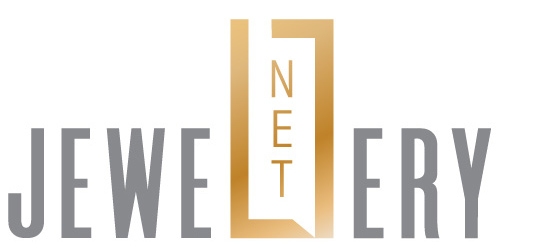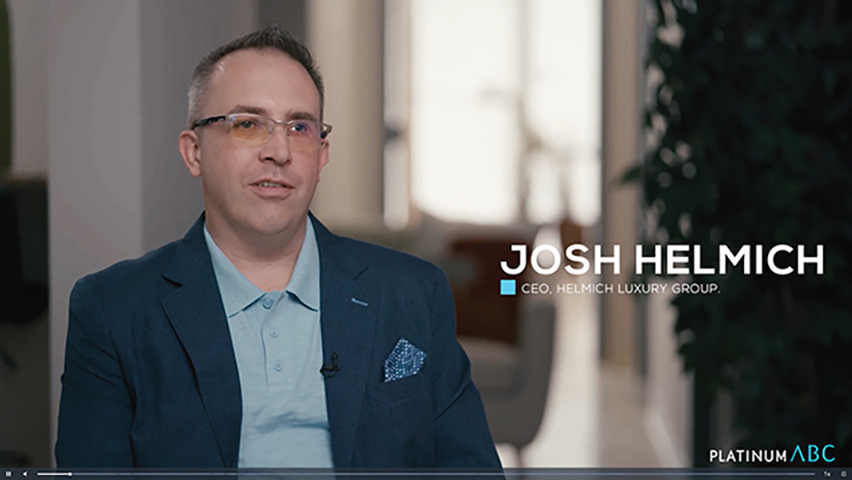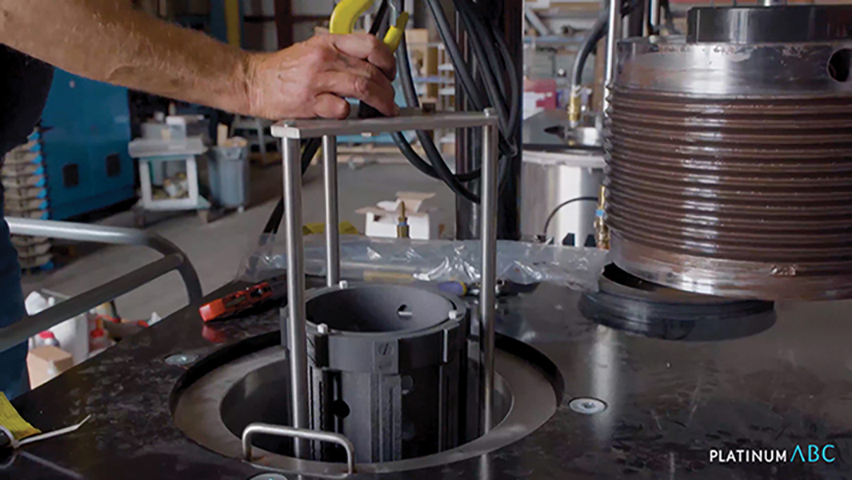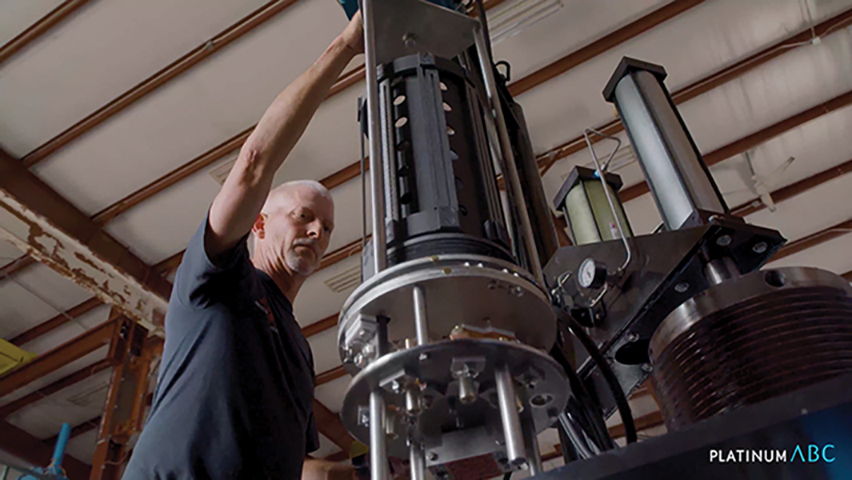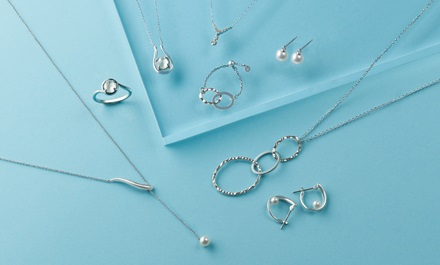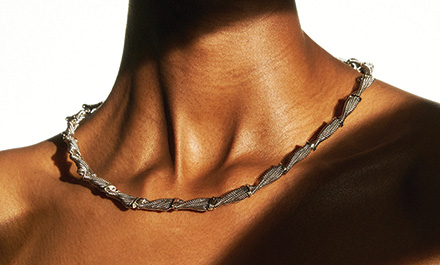Platinum Guild International casts the spotlight on Hot Isostatic Pressing technology that addresses porosity issues, resulting in effective production, superior metals and significant cost savings.
Platinum Guild International (PGI) plays an active role in the sustainable growth of the platinum jewellery industry. Over the years, it has harnessed its extensive influence, network and professional standing to share the expertise and resources of the global platinum market with its jewellery industry partners. This invaluable access to the information, technological solutions and know-how of the international platinum industry has been crucial to the continued development of the platinum jewellery sector.
Building on this vital discourse, PGI gathered leading experts in the platinum industry to share their insights and expertise to provide a wide range of perspectives on the potential of platinum jewellery. This series of informative videos on trends, solutions and technologies invites the trade to embark on a “platinum discovery journey” with elite designers and craftsmen in the industry to gain a deeper understanding of the possibilities offered by the metal.
Benefits of HIP
One of the sessions focused on Hot Isostatic Pressing technology. Clifford Orcutt, vice president of marketing at American Isostatic Presses Inc (AIP), explained the advantages of Hot Isostatic Pressure (HIP) furnaces and their application across different industries.
Fundamentally, HIP densifies components by heat and pressure from argon gas, much like a blacksmith putting a hammer to heated metal. Instead of the hammer, using gas to apply isostatic pressure allows for uniform shrinkage, giving the components much better shape retention.
HIP addresses issues that arise during casting, which is still the most widely used production process in jewellery manufacturing around the world. The top issue facing jewellers when working in platinum is porosity that occurs from the casting process.
Porosity results in more wastage and scrap, extended work hours and greater resources spent on repairs. It often occurs underneath the surface of the metal and only shows up upon milling and polishing in the later stages of production. At times, this can be repaired but porosity in the sub-surface usually leads to the item being rejected.
Squeezing the castings with a press can eliminate sub-surface porosity, which is the porosity that often comes back to haunt the jeweller when polishing below the surface.
Removing porosity yields major benefits for jewellery manufacturers. It drastically cuts down the time spent on repairs, substantially reduces scraps and wastage, results in uniform grain structure that enables easier polishing and finishing, and optimises automated processes such as CNC.
HIP can remove most, if not all, the porosity in platinum casting. It does so by squeezing the casted components by submitting it to high heat and high isostatic pressing – similar to hammering at a forge but using gas pressure instead of a hammer. Crushing the castings with high heat and pressure squeezes all the porosity from the inside so jewellers will not encounter sub-surface defects later. This saves on costs, labour and time, helping jewellery businesses tremendously since labour is becoming increasingly expensive and production lines are becoming more automated.
In the video, Orcutt discusses the cost, maintenance and effectiveness of HIP units with Helmich Luxury Group CEO Josh Helmich. He reveals that argon gas is the most expensive component of the HIP process. The machines require relatively low maintenance, and it is easy to train workers to operate the units.
HIP is a worthwhile investment that offers significant benefits for jewellery production. Every platinum jeweller should consider using HIP to manufacture their products as it enhances the quality of platinum castings. HIP drastically reduces rejection rate, saving on time, scrap and labour. In addition, it yields a superior metal that lends itself to better polishing and finishing.
